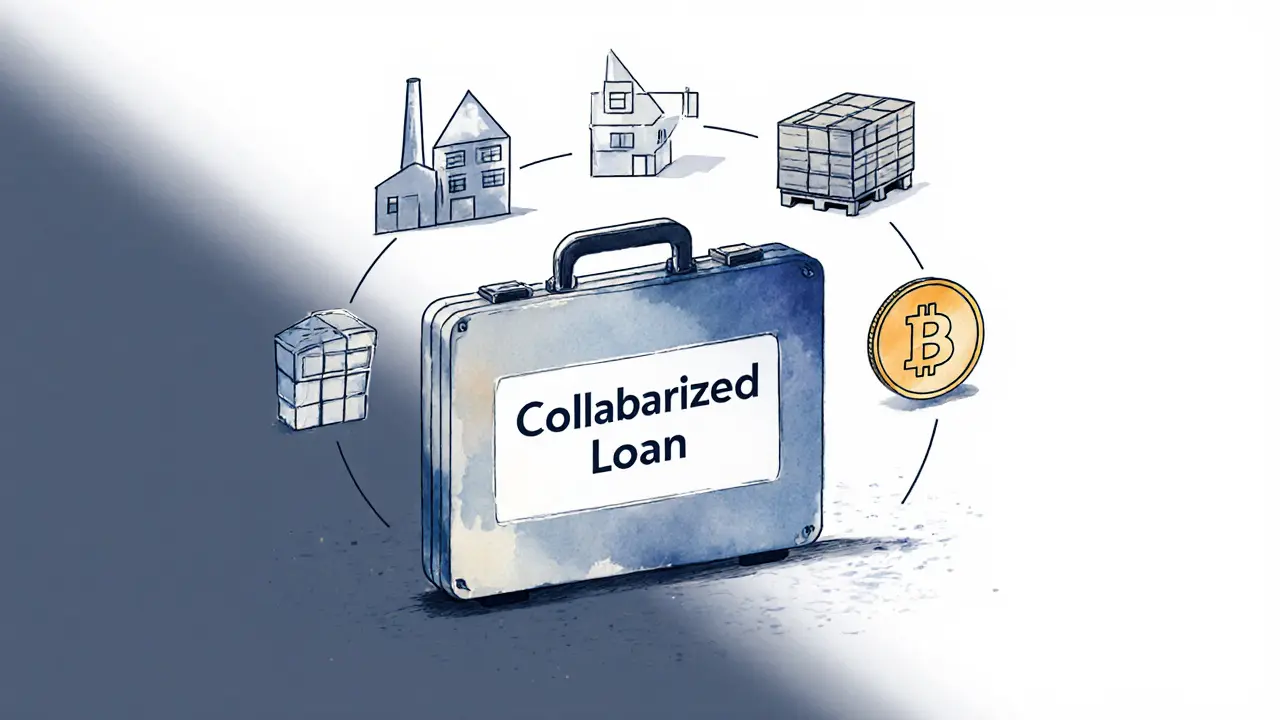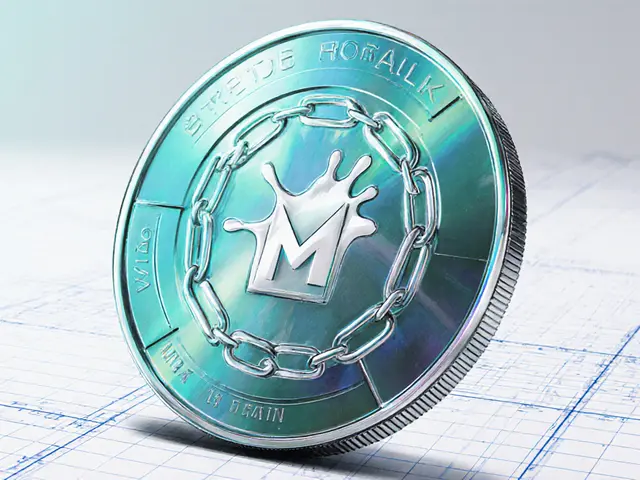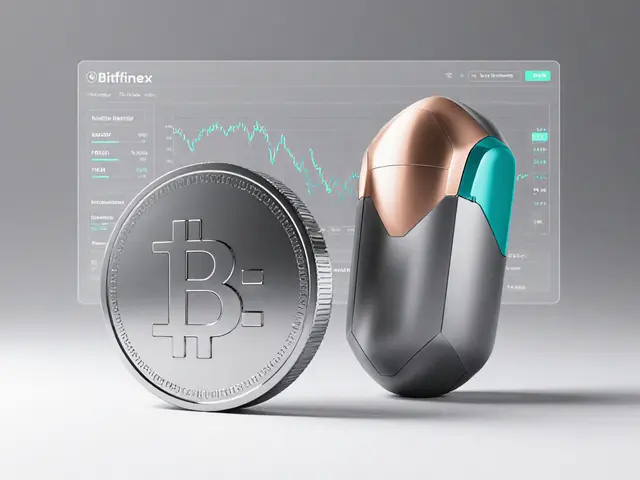SBA 7(a) Loan Liquidation: What Small Businesses Need to Know
When dealing with SBA 7(a) loan liquidation, the final stage where a defaulted SBA 7(a) loan is converted into cash through asset sale or fund recovery. Also known as SBA loan winding‑down, this process signals that repayment has broken down beyond repair. The SBA 7(a) loan liquidation landscape is shaped by the agency that created the loan, the rules that govern asset disposition, and the options borrowers have to mitigate loss. The Small Business Administration, the federal body that backs 7(a) loans and oversees their enforcement sets the legal framework, while the loan liquidation process, the sequence of steps from default notice to asset sale or repayment plan defines how the debt is finally cleared.
Key Steps and Related Strategies
First, the lender must issue a default notice and give the borrower a chance to cure the debt. If the borrower cannot pay, the SBA may authorize a debt restructuring, a negotiated plan that can include extended terms, reduced payments, or partial forgiveness to avoid liquidation. When restructuring fails, the agency moves to liquidate collateral: selling equipment, real estate, or inventory to recoup the loan balance. This step often requires a court order, making SBA 7(a) loan liquidation both a legal and financial event. Throughout, borrowers can pursue asset recovery strategies, such as cash‑in‑hand settlements or voluntary sales, which can lower the overall loss and preserve credit standing.
Why does this matter now? Many small firms are exploring alternative financing, from crypto‑based tokens to decentralized lending platforms, yet the SBA 7(a) program remains a cornerstone for traditional growth capital. Understanding how liquidation works helps owners compare the safety net of an SBA‑backed loan against the volatility of newer funding sources. Below, you’ll find in‑depth articles that break down liquidation mechanics, showcase real‑world case studies, and explain how tax considerations and asset‑valuation methods impact the final outcome. Armed with this knowledge, you can decide whether to negotiate restructuring, prepare for a potential wind‑down, or pivot to other financing avenues.
Understanding the Liquidation Process in Collateralized Loans
A clear, step-by-step guide to liquidating collateralized loans, covering SBA 7(a) loans, CLOs, and DeFi protocols, plus best practices, legal tips, and a comparison table.
View More




